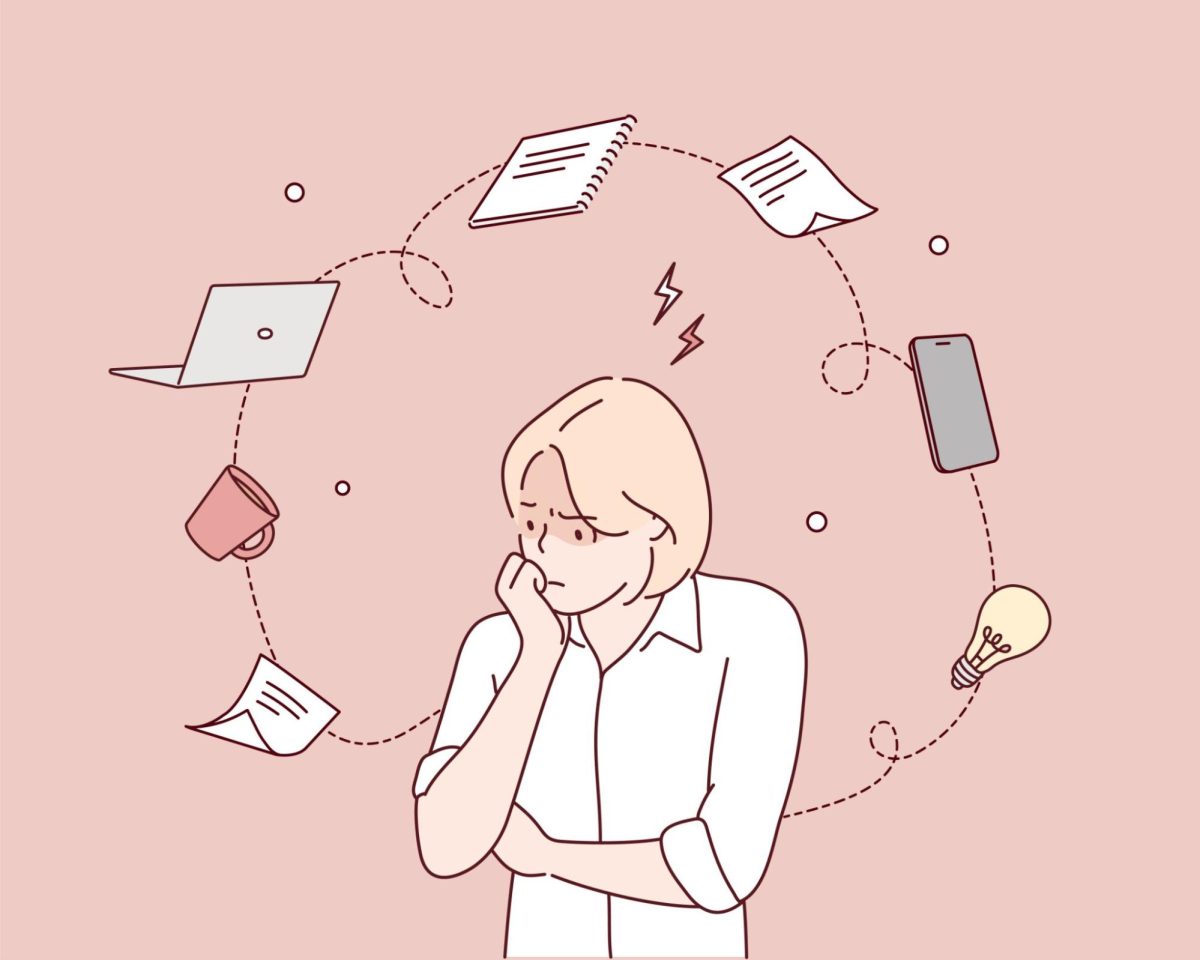By Elina Malamed
Wild winds and catastrophic downpours provide a recipe for disaster—natural disaster, that is. Hurricanes like Harvey, Irma, and Maria have destroyed homes, flooded schools, and created forts of wires and trees in streets. All of this chaos means years of recovery; however, relief fundraising seems to last only a few months. So how can we continue to help?
Immediately after Hurricane Harvey, South clubs were eager to help relief efforts. Facing History, for example, raised $800 from just one bakesale. While this is very helpful, it is important to continue our efforts because major storms have an estimated twenty year recovery time. During this period, businesses struggle, educations are paused, and some families remain homeless.
Another problem: because there have been so many storms, there is always a new place that needs continuous financial and emotional support. Accuweather reported that “there were three times as many natural disasters between 2000 to 2009 compared to the amount between 1980 and 1989.” Because of this increase, helping feels overwhelming. Where should you donate? Which areas need our help the most?
This question cannot be answered uniformly; each club and even each individual ought to consider which specific causes are most important to them.
According to the Federal Emergency Management Agency (FEMA), almost 40 percent of small businesses close after major disasters. This means that people have to find new ways to support themselves; many are left unemployed. Reopening a business requires money for new merchandise and rebuilding. At South, we can aid small businesses by raising funds for organizations such as Book Industry Charitable Foundation, which supports booksellers who have been affected by hurricane Harvey. This is only one example of many industries that have such foundations. If we work together to find causes we care about, we can enable quicker recovery for these businesses.
In addition to financial support, students can also contribute to rebuilding efforts through various service learning trips. The Road Less Traveled is just one such company that works to improve the lives of those affected by Hurricane Katrina. Their website states, “A drive through the neighborhood still reveals the scars of the storm: empty lots and blighted homes, no grocery stores, and only one school.” Aware that recovery is no quick process, they work with the Saint Bernard Project and the NOLA Tree Project. Trips such as this give you first hand experience in a disaster-stricken area. With this new outlook, you may be more inclined to continue efforts once the trip ends.
If traveling isn’t for you, you can continue to help from home. Clubs can continue to organize bake sales and pizza sales and donate a percentage of their profit to disaster relief funds. If we keep this up for the whole year (or even several years), the money we raise will add up and make a huge difference.
In order to keep the South community in touch with relief efforts, we can continue to inform each other about projects in affected areas through the student body Facebook group. If we stay aware of issues that still need attention years after a storm, we will be more likely to continue helping.
Our community doesn’t give up when it comes to helping others, but lack of awareness can become the barrier between wanting to offer assistance and taking action.







